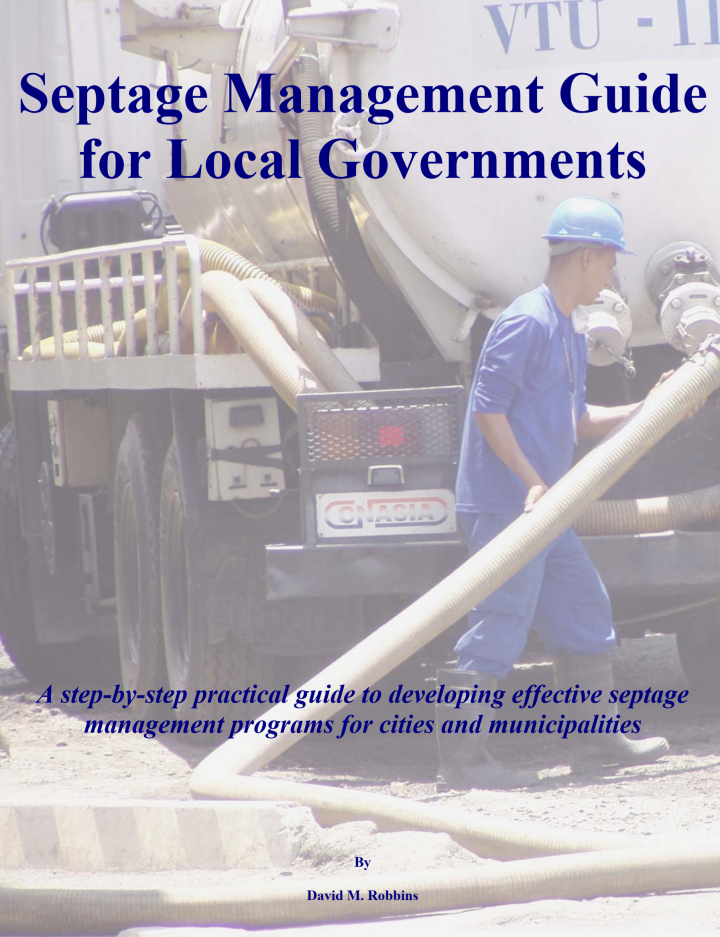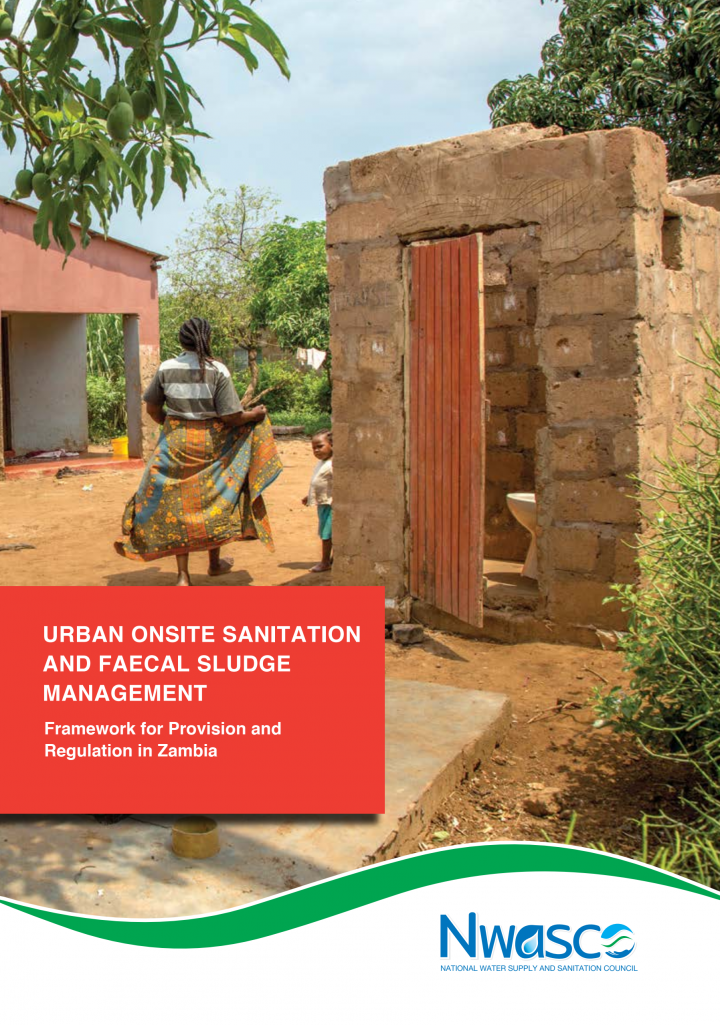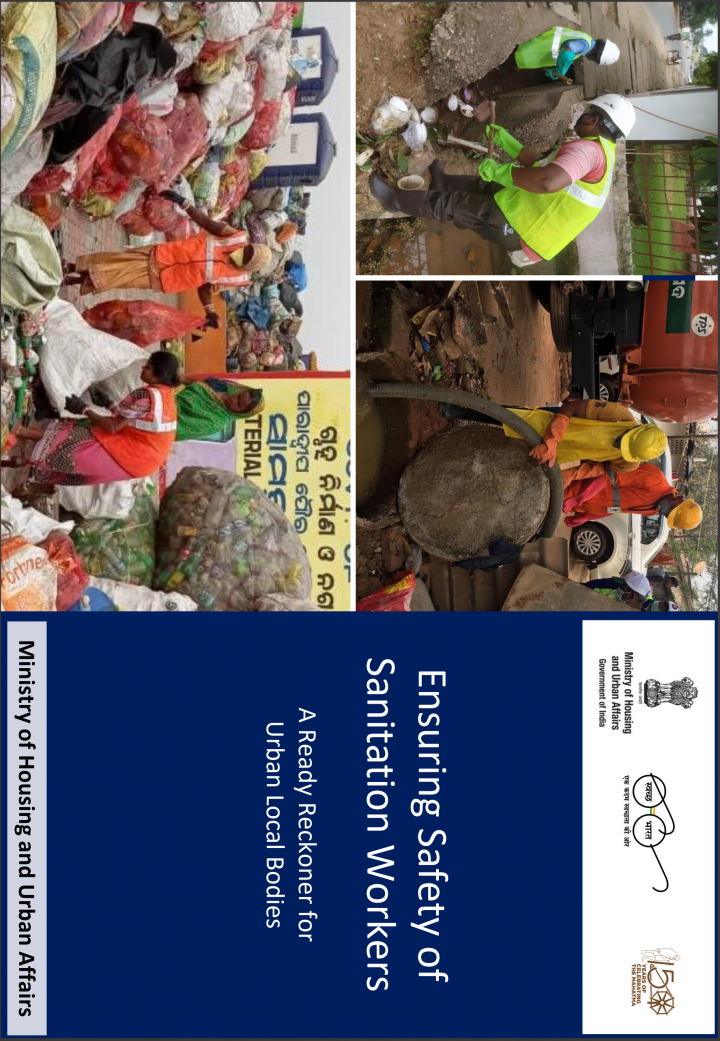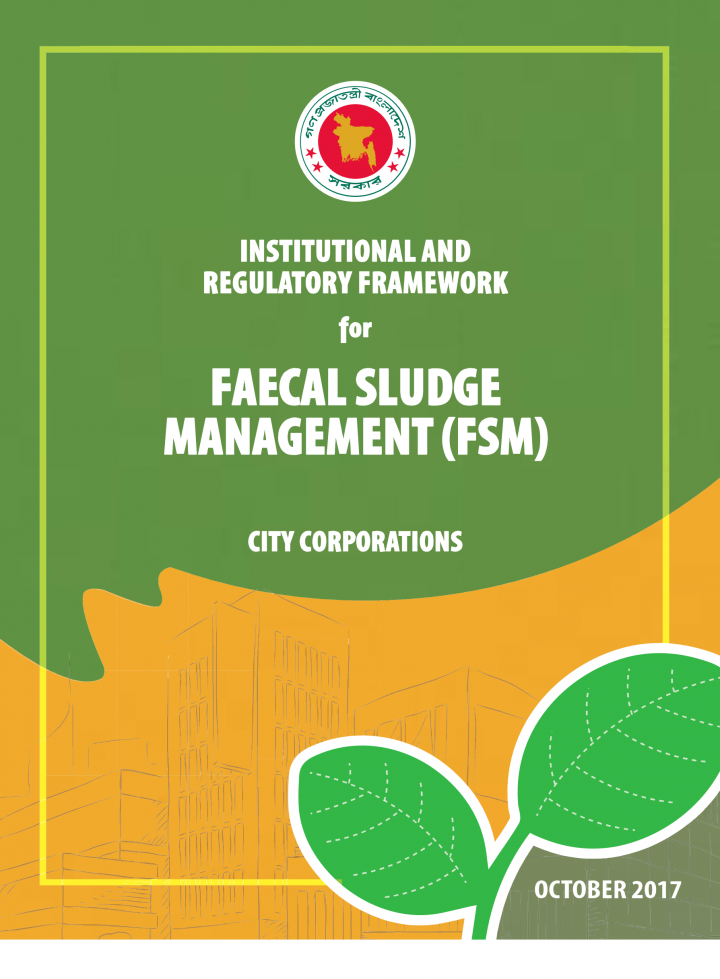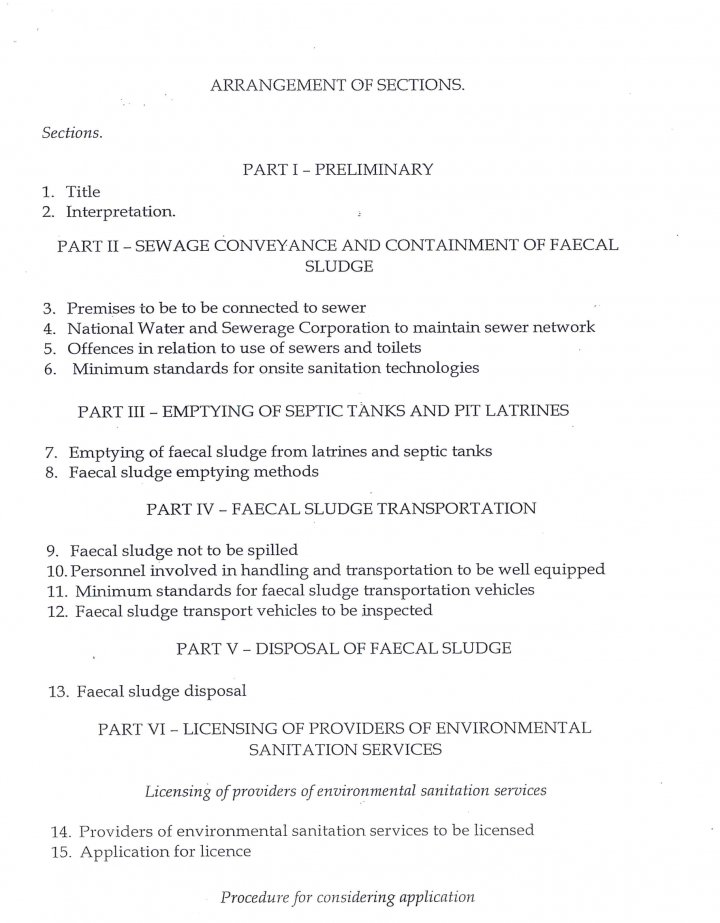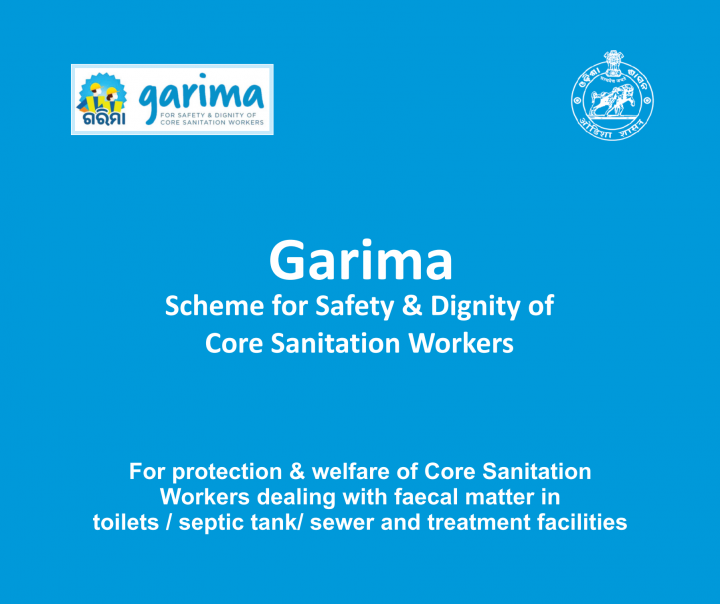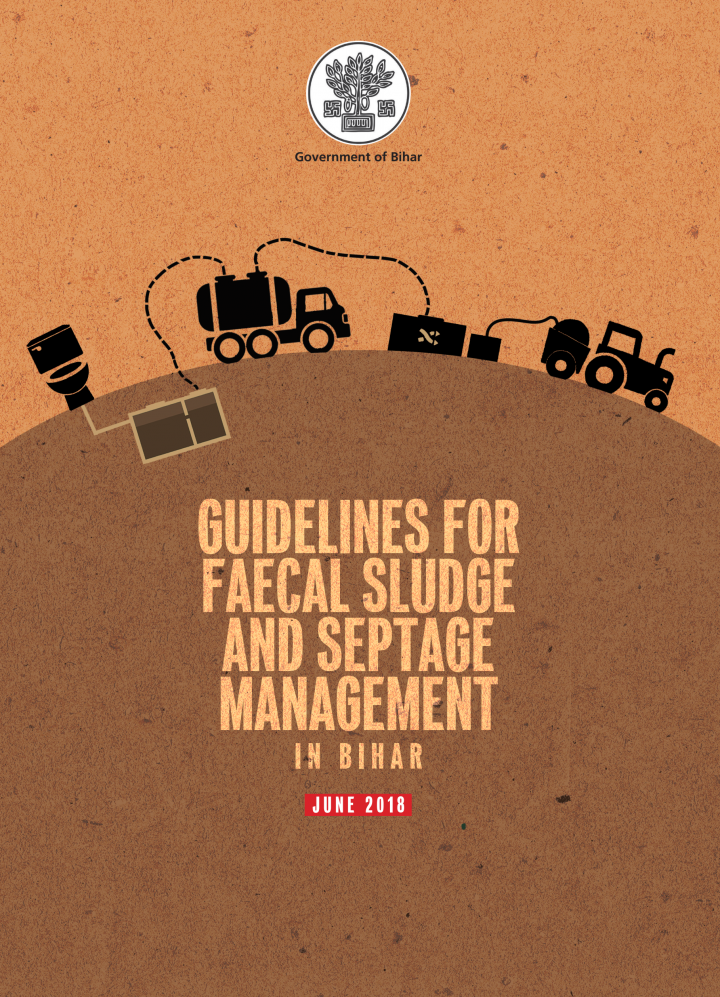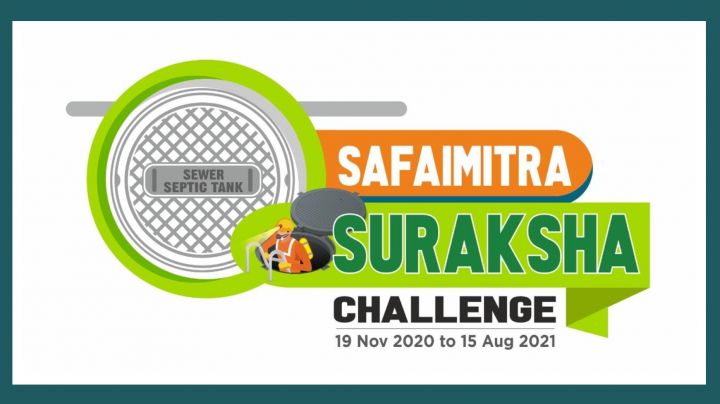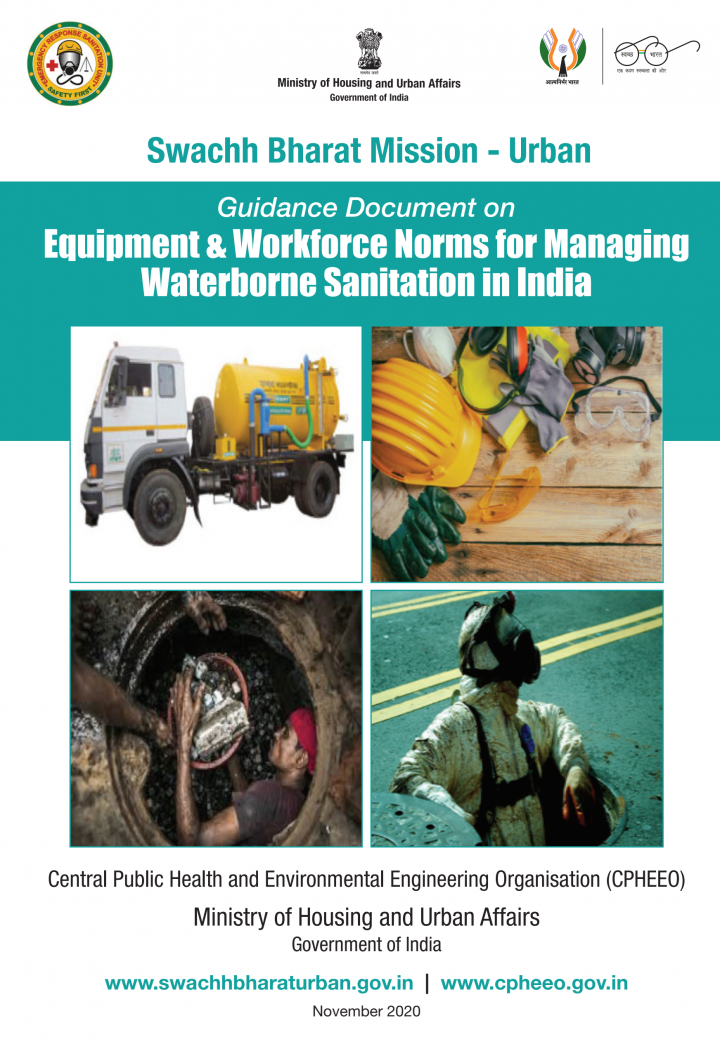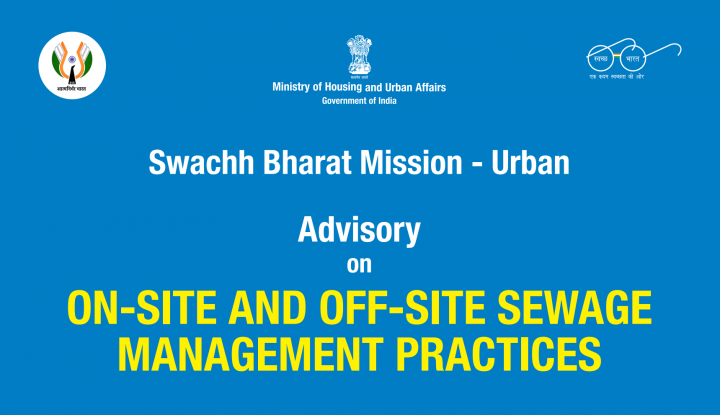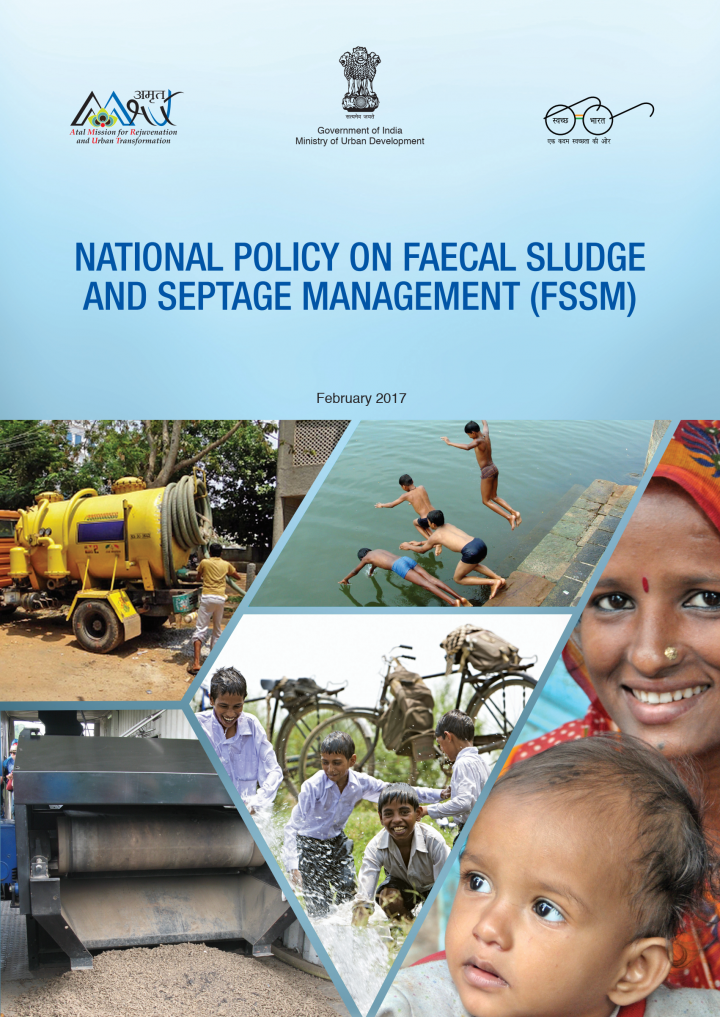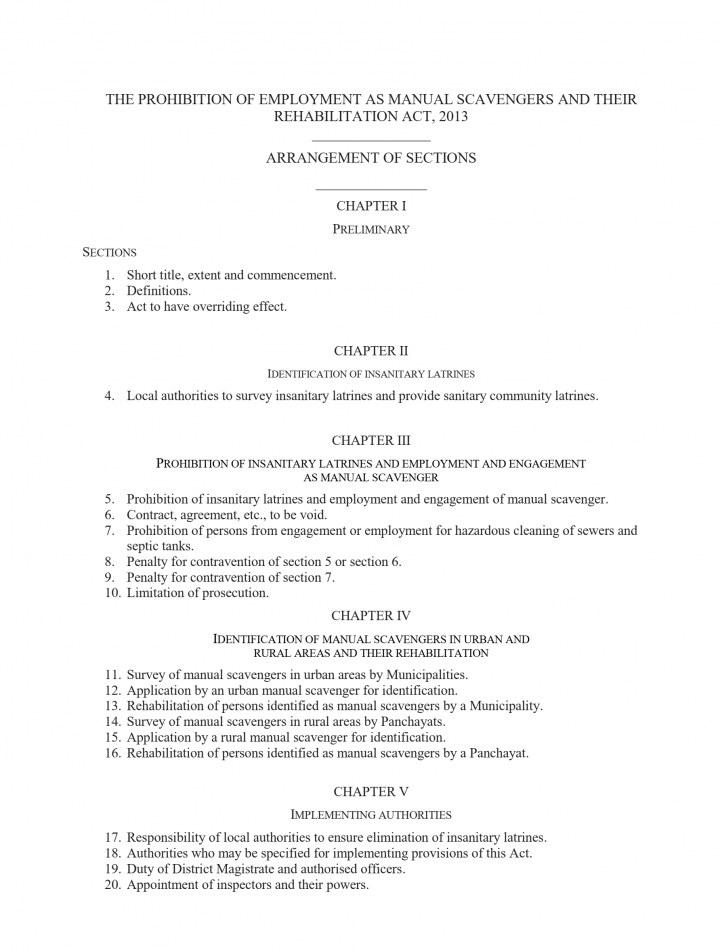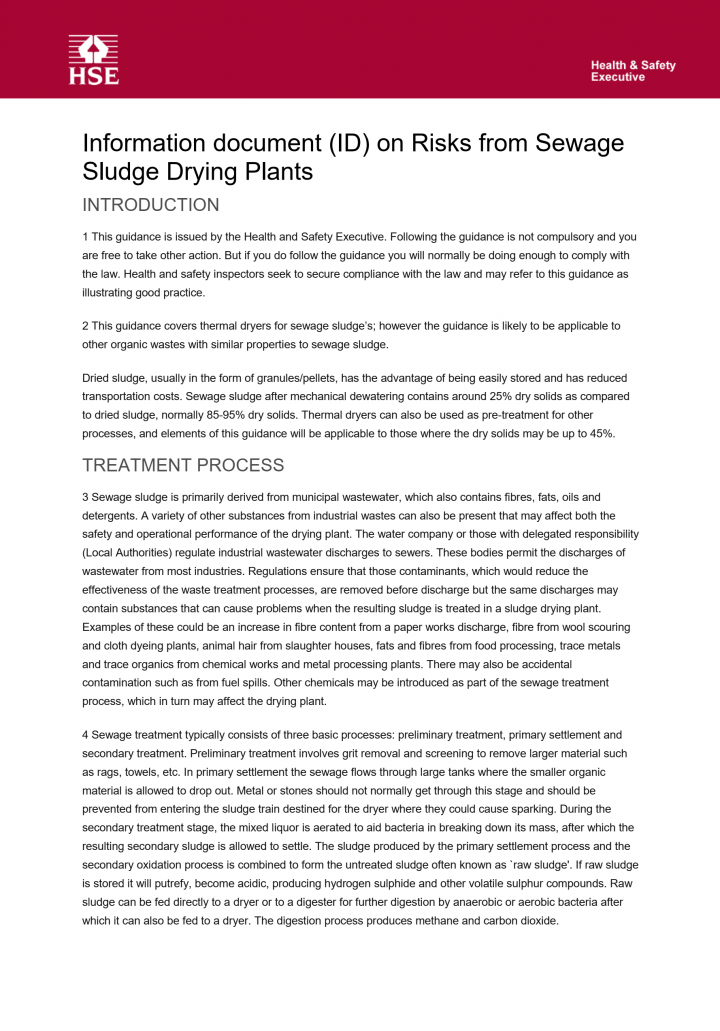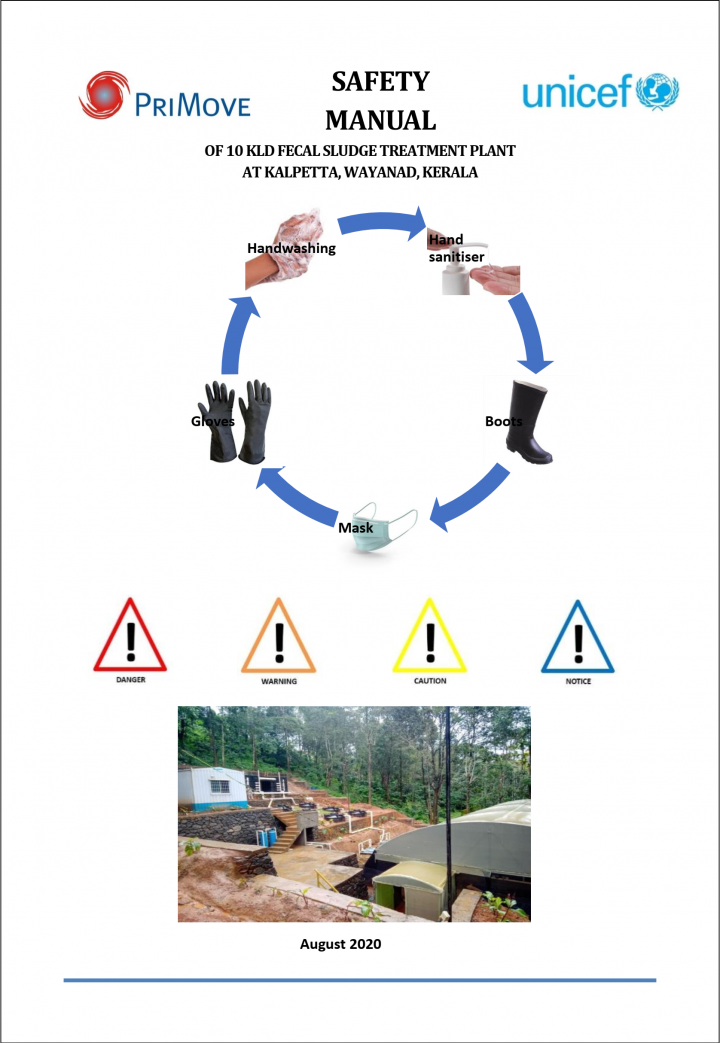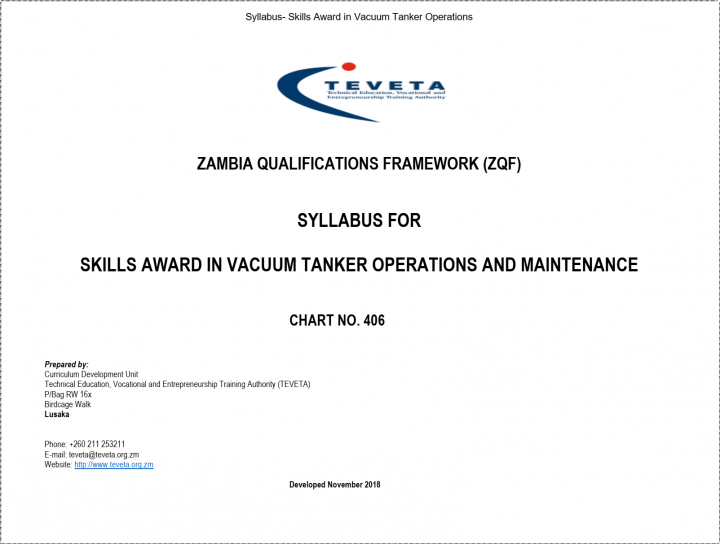Searching for information on Sanitation Workers?
The Sanitation Workers Knowledge + Learning Hub is the best source for all current news, trends, articles and updates on sanitation workers rights around the world.
• You, as a sanitation worker, are exposed to occupational health and safety hazards. The work involves risk of coming in contact with hazardous biological and chemical agents
• PPEs are a crucial barrier between you and disease-causing agents at the work site
• It has been observed that the usage of PPEs is low. Fellow sanitation workers of yours have shared major reasons for this- …
The direct relationship between diseases such as cholera, hepatitis and dysentery and the unrestricted discharges of residential sewage is well documented. The septic tank is a simple device and when designed, installed, and operated properly, can serve as the first step in the sewage treatment process, which transforms human waste into a manageable effluent. Effluent can be further treated, …
After decades promoting sanitation in low and middle-income countries, several countries and the global sanitation community have come to realise that it is time to rethink the approach to accelerating access to quality services. Since 2000, the WHO/UNICEF Joint Monitoring Programme of the Millennium Development Goals (MDGs) has consistently reported that the share of the population in low and …
Sanitation workers have been the foundation of the sanitation improvement story of urban India.
Sanitation sector and various services provided under it are hazardous in nature — some are moderately hazardous while many of them are extremely hazardous. The working environment puts sanitation workers to a wide range of health risks and diseases due to exposure to harmful pathogens, chemicals …
In Bangladesh, on-site sanitation is prevalent throughout the country except for a small portion in Dhaka city, and the huge quantity of faecal sludge generated in septic tanks and pits (of pit/ pour-flush latrines) is inaptly managed. Lack of Faecal Sludge Management (FSM) services is causing severe environmental pollution, particularly in urban areas, affecting both public health and economy. …
This Scheme is introduced to ensure that core sanitation services undertaken in urban areas of Odisha is done in a safe and dignified manner and shall come into force from the date of its notification and continue until further orders The Scheme will be implemented by the Housing & Urban Development Department through the 114 Urban Local Bodies of Odisha.
According to Census 2011, Bihar reported 11.67 million urban population i.e. 11.25% of total population of state, dwelling in 199 urban centers (which accounts 3.14% of total urban population of country). The state has 143 statutory towns and 56 census towns. The state has 143 urban local bodies(ULBs) including 12 Municipal Corporation (Nagar Nigam), 46 Nagar Palika Parishad and 85 Nagar …
This Guidance Document on Equipment & Workforce Norms for Managing Waterborne Sanitation in India is prepared keeping in view the Safai-mitra Suraksha Challenge, 2021.
All sanitary structures like sewer and septic tanks which manage sewage are susceptible to getting choked at some point of time due to ingress and settling of solids and require regular cleaning or maintenance. Cleaning of sewer …
The fast pace of urbanization – primarily due to the quest for good quality education, healthcare facilities, job opportunities, rapid changes in lifestyle and growing aspirations in urban areas– coupled with spurt in economic activities has compounded the sanitation challenges in urban areas, as creation of sanitation infrastructure could not keep pace with urbanization. India is signatory …
According to Census 2011, India’s urban population is 377 million or 31% of the total population, which is expected to increase to 600 million by 2031. The Census 2011 also showed that in 4,041 statutory towns, 7.90 million households (HHs) do not have access to toilets and defecate in the opena1. Under the Swachh Bharat Mission (SBM), it is envisaged that nearly 80% of these 7.90 million HHs …
In 2018, Wai was chosen as one of the eight cities across the globe for the City Wide Inclusive Sanitation Program (CWIS) funded by Bill & Melinda Gates Foundation (BMGF). The municipal council of Wai (WMC) with support from Center of Water and Sanitation (CWAS), CRDF, CEPT University (CEPT) is aiming to implement the CWIS goals
and principles in Wai.
Under the CWIS framework, one of the …
Fecal sludge (FS) from on-site sanitation systems has to be well composted to reduce its pathogenic risk for reuse in agriculture, forestry or landscaping. Over the last decade, the International Water Management Institute (IWMI) has explored the use of FS in combination with other organic waste sources to optimize the FS treatment and composting or co-composting process for the production of a …
1 This guidance is issued by the Health and Safety Executive. Following the guidance is not compulsory and you
are free to take other action. But if you do follow the guidance you will normally be doing enough to comply with
the law. Health and safety inspectors seek to secure compliance with the law and may refer to this guidance as
illustrating good practice.
2 This guidance covers …
Several work activities bring workers into contact with sewage and sewage products.
Each year, some workers will suffer from at least one episode of work-related illness.
The majority of illnesses are relatively mild cases of gastroenteritis, but potentially fatal diseases, such as leptospirosis (Weil’s disease) and hepatitis, are also reported to HSE.
However, there could well be …
Faecal Sludge Plants (FSPs) require ongoing and appropriate operation and maintenance (O&M) activities in order to ensure long-term functionality. O&M activities are at the interface of the technical, administrative, and institutional frameworks that enable sustained FSPs function. “Operationdz refers to all the activities that are required to ensure that a FSP delivers services as designed, …
This Manual is needed for the technical persons to be trained as Operators and helpers at the FSTP site at Waynad. It contains Technical Guidelines for carrying out the works. A series of manuals are made, Operation and maintenance manual and Operator Instruction manual are the others.
This Health and Safety Rulebook is presented for the use of all employees of the Faecal Sludge Treatment plant …
The Water Industry is justly proud of the influence that it has had in improving safety standards, not only within its own industry, but in the UK as a whole.
The original Occasional Guidance Note (OGN) upon which this revision has been based, was drafted at the request of the Health and Safety Executive and authored under the guidance of Rob Gwyther and Richard Locke as successive Chairs of …
The Technical Education, Vocational and Entrepreneurship Training Authority (TEVETA) is an institution established under TEVETA Act No. 13 of 1998, read together with the Amendment Act No. 11 of 2005. Its functions include, to regulate, coordinate and monitor education, vocational and entrepreneurship training in consultation with stakeholders.
TEVETA executes its regulatory function through …
Kabarto 2 IDP Camp is situated in the KRI and located in the Sumel District, which is part of the Duhok Governorate administration, and it lies approximately 13km southwest of Duhok.
The population figures are managed by the camp management on behalf of the Directorate of Migration and Crisis Response (DMCR) and, the population present at the time of the key informant interview with the camp …
Kabarto 1 IDP Camp is situated in the KRI and located in the Sumel District, which is part of the Duhok Governorate administration, and it lies approximately 13km southwest of Duhok.
The population figures are managed by the camp management on behalf of the Directorate of Migration and Crisis Response (DMCR) and, the population present at the time of the key informant interview with the camp …
Sharya town is situated in the KRI and located in the Sumel District, which is part of the Duhok Governorate administration, and it lies approximately 15km south of Duhok.
Sharya Town is currently hosting large numbers of IDP’s, both in and out of camps. Figures received from the HoM, relating specifically to the town in 2021, state that there are 7,254 individuals in the hosting community …


